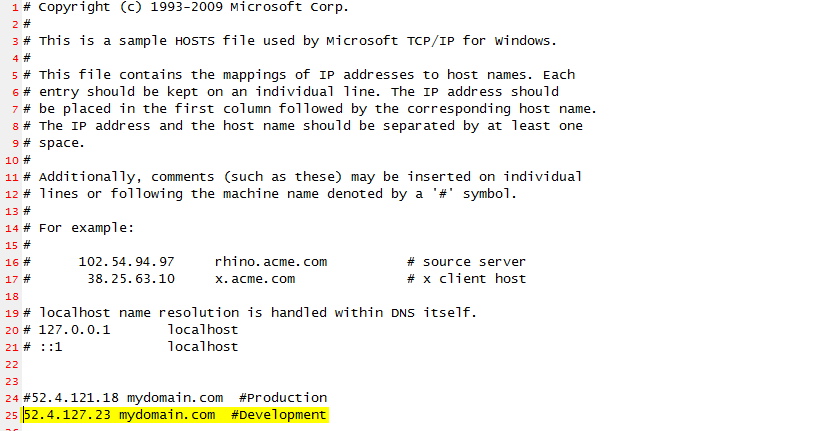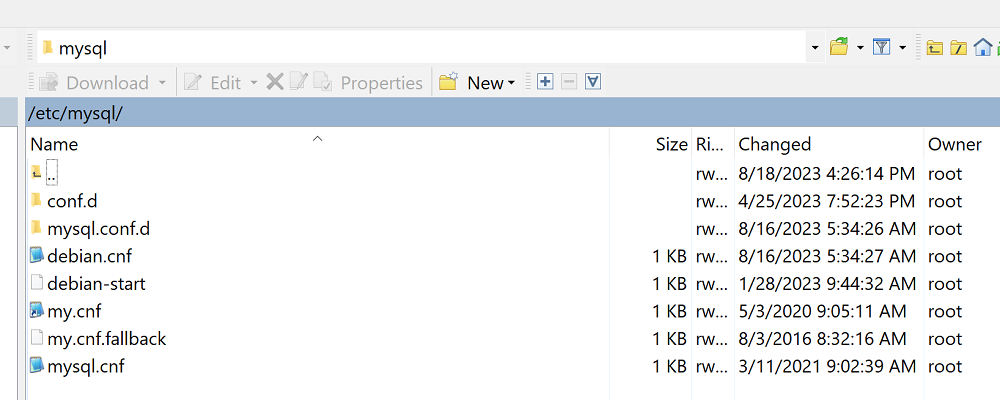Host File 101 – testing One of your best testing tools for setting up a live and development site is the use of a local hosts file. We’ll explain a simple setup on a Window’s client, and point out how this is useful. A hosts file basically maps an IP address to a DNS name,… Continue reading How to make use of a local hosts file for testing.
Category: Maintenance
How to add a purchased certificate to aMiSTACX
Generally speaking this will be the same process for both Apache and NGINX. A high-level overview is provided here. Please see your stack instructions for more details per vhost configuration. Step 1. Copy the certificate(s) [key, crt, pem etc. as per what issuer provided] to: /etc/{Apache2, NGINX}/ssl/ Step 2. Update the vhost files for the server with… Continue reading How to add a purchased certificate to aMiSTACX
Solved! Magento 2 Redis not able to persist on disk.
Nothing like starting your day with an error like this: CredisException: MISCONF Redis is configured to save RDB snapshots, but is currently not able to persist on disk. Fortunately, this issue really has nothing to do with Redis, but only a pointer to another issue. The server resources. First, if time permits and the server… Continue reading Solved! Magento 2 Redis not able to persist on disk.
Magento 2 “It’s time to change your password.”
You log into the Magento 2 admin panel and you are welcomed with “It’s time to change your password.” This can be very annoying in a development environment or on a demo server, and basically it’s like a DOS attack on the admin as you are prevented from accessing the dashboard. Note: This will also… Continue reading Magento 2 “It’s time to change your password.”
How to Modify AWS EC2 Size
How to increase or decrease AWS EC2 instance size. Even with an optimized aMiSTACX stack running on a t3-small, sometimes we just need even more server horsepower. Thankfully AWS makes this very easy! In a few clicks you can increase your EC2 instance size. This means more CPU and more RAM at your fingertips. Plus… Continue reading How to Modify AWS EC2 Size
How to find your Magento Admin URL
It happens to the best of us. We rush through our Magento install and somehow misplace or forget to copy or bookmark the location of the admin URL. It is not something we normally have to go and find everyday, so we start searching for how to find it again. Info! If your admin URL… Continue reading How to find your Magento Admin URL
How to create an AWS EC2 AMI Full Image
How to make a full image backup of your aMiSTACX EC2 server. This is one of the simplest methods and most convenient backup methods you’ll ever encounter when working in a development or test environment. Although you can use the same method for production, you need to keep in mind once an AMI image kicks-off it… Continue reading How to create an AWS EC2 AMI Full Image
Increase AWS EC2 Volume Size
Most of our EC2 Linux stack deployments start off with root volumes between 8 – 30GB. Obviously as your business grows, at some point you’ll just need more space. Luckily, Amazon AWS makes this a very easy process. Although, it is extremely easy to go up in size, it is also very difficult to go… Continue reading Increase AWS EC2 Volume Size
AWS Debian Password Reset
How to reset the Debian Maintenance password. Reset Instructions Before you begin, copy the existing password in the file, and make a full AMI image backup. Step 1. It is easiest to proceed from SSH CLI. Step 2. Assuming you have not changed your MySQL Root Password or changed EC2 IDs please login with root mysql… Continue reading AWS Debian Password Reset
Magento, WordPress, Laravel Permissions Reset
One of the most plaguing issues with any of our Linux applications stacks is permissions out of baseline. When installing a new module or theme pay attention to permission changes for files and folders. This normally leads to compile errors, white screens, and/or module install failures. aMiSTACX keeps the default security model of Ubuntu in… Continue reading Magento, WordPress, Laravel Permissions Reset





